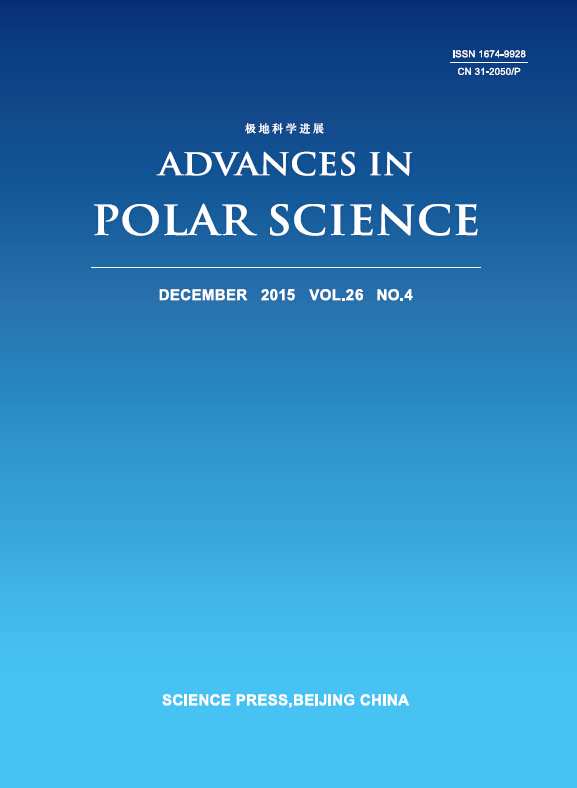|
|
Major hotspots detected along the Scotia Ridge in autumn for southern right whales Eubalaena australis, Antarctic fur seals Arctocephalus gazella and Antarctic prions Pachyptila desolata
Claude R. Joiris, Grant R. W. Humphries, Diederik D’Hert, René-Marie Lafontaine, Henri Robert & Roseline C. Beudels-Jamar
2015, 26 (4-English):
282-291.
DOI: 10.13679/j.advps.2015.4.00282
We investigated the role of hydrological features, such as water masses, fronts, eddies, and sea ice, in affecting the distribution of upper trophic level species in the Scotia Sea region during autumn. On board RV Polarstern, we performed 365 30-min strip transects recording seabirds and marine mammals along the North Scotia Ridge and the South Sandwich Trench in March—April 2013. Among the 7 identified cetacean species recorded, the humpback whale Megaptera novaeangliae was the most abundant baleen whale (40 individuals), and noteworthy were sightings of six southern right whales Eubalaena australis. Pinnipeds (3 species, 1650 individuals) were dominated by Antarctic fur seal Arctocephalus gazella (99%), and seabirds (36 species, 18900 individuals) by Antarctic prion Pachyptila desolata (~50%). The distribution of these top predators was highly patchy with the majority of observations concentrated in a few counts. This heterogeneity is likely a result of prey availability, and we discuss how hydrological features may have caused the patchiness.
Related Articles |
Metrics
|

